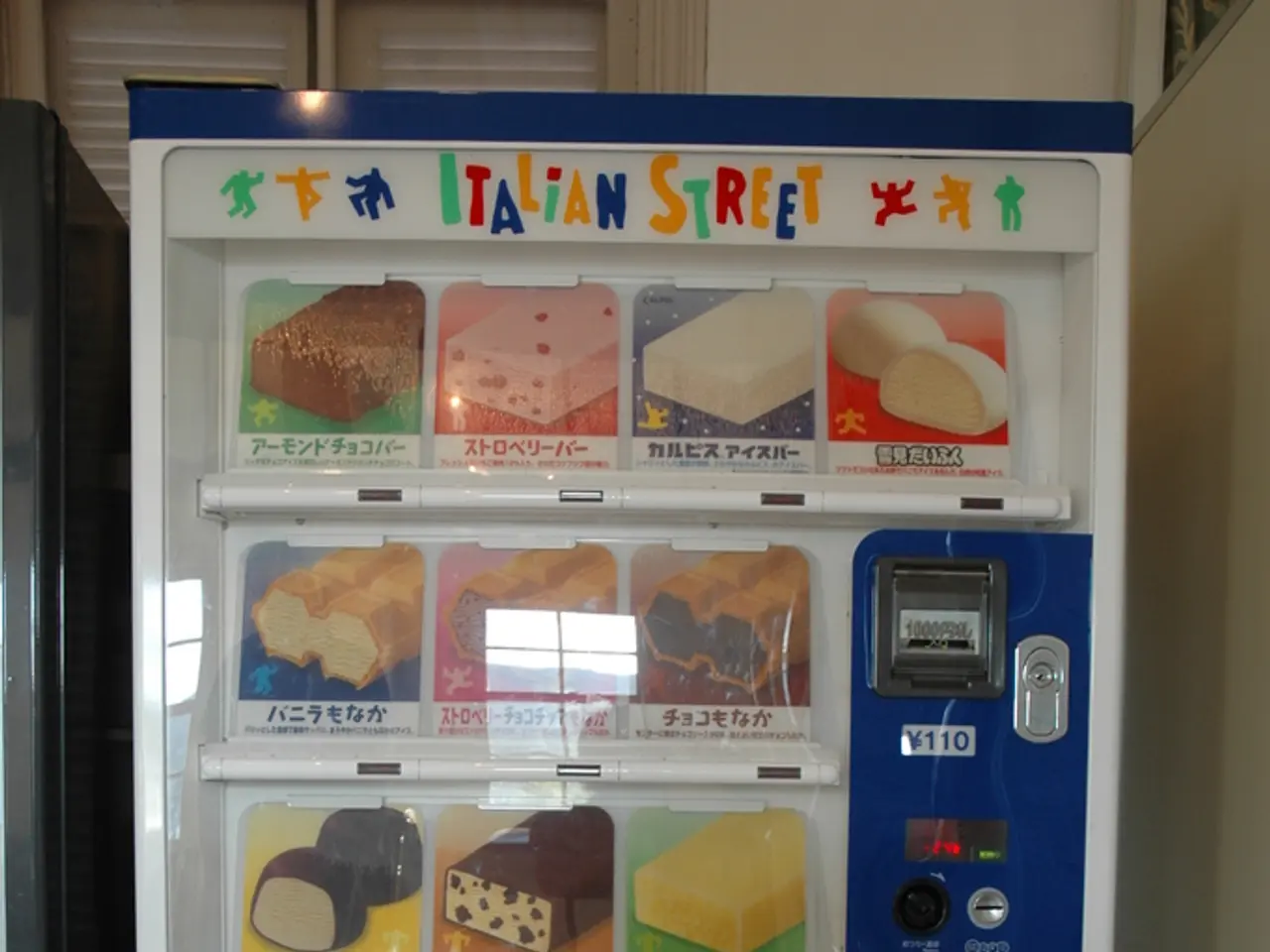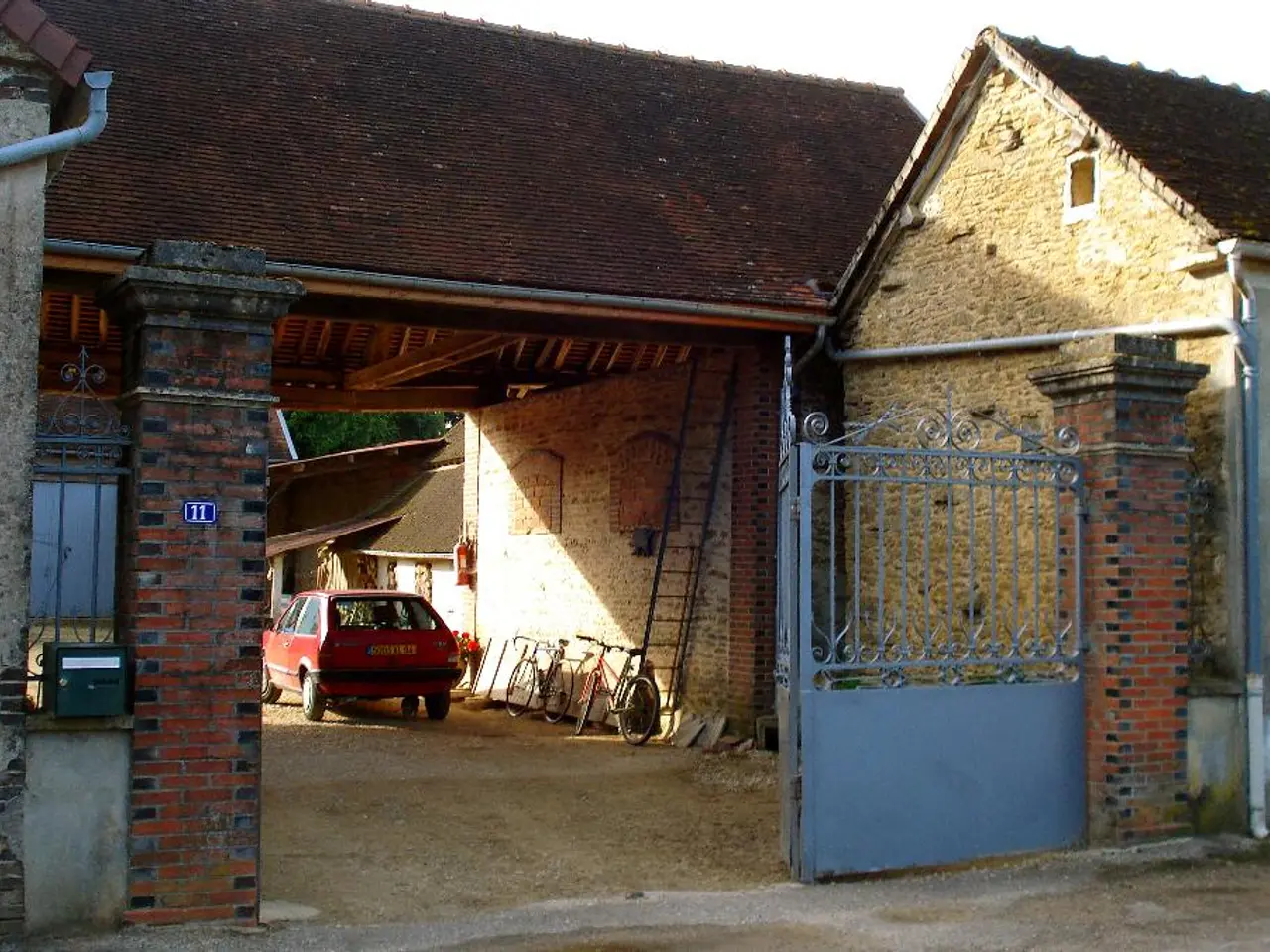Exploring on Foot: The Vibrant Red Island of Schoeneberg, Berlin
In the heart of Schöneberg, Berlin, lies a historical gem that has been somewhat overshadowed by the neighbourhood's more famous identity as a centre for LGBTQ culture. This area, known as the Red Island, was once a stronghold of communism and a hub of anti-fascist resistance during the interwar period and Nazi rule.
The Red Island, a 33-hectare triangle surrounded by railway tracks, has a rich history that dates back to the 1920s. It was a working-class neighbourhood where communists and socialists organised against the rising tide of fascism. The area's geographical isolation and distinct political character earned it the moniker of an "island."
Despite the area's significance, authorities tried to suppress the Red Island. Plans to demolish it for freeways were proposed, but were eventually stopped. This history will be explored in a walking tour that covers the anti-fascist resistance struggles on the Red Island.
The Red Island was a bastion of working-class solidarity against fascism. Here, up to 30,000 people once lived in tenements, united in their fight against oppression. The Nazis found it difficult to establish a foothold on the Red Island, thanks to the resilience of its residents and the underground political resistance efforts of local communist groups.
Today, approximately 10,000 people live on the Red Island. While Schöneberg is now more famous for its LGBTQ history, the Red Island's political history remains a significant but less visible chapter. For those interested in delving deeper into this history, resources about Berlin's communist and anti-fascist resistance in the 1920-1940 period, as well as local Berlin archives or guided tours about leftist history in Schöneberg, would be useful.
In summary, the Red Island in Schöneberg was a communist stronghold and a centre of anti-fascist resistance during the interwar period and Nazi rule. It was distinct geographically and politically, marked by working-class solidarity against fascism. Despite attempts by authorities to suppress the area, the Red Island's legacy continues to stand as a testament to the power of resistance and the resilience of the working class in the face of adversity.
- The Red Island in Schöneberg, despite being overshadowed by the area's more famous LGBTQ culture, was a pivotal scene for political resistance and a critical chapter in general-news, as it served as a stronghold of communism and a hub of anti-fascist activities during the interwar period and Nazi rule.
- Beyond the general-news of its historical significance, the Red Island in Schöneberg also presented a unique lifestyle contributing to the general mosaic of the city, as it onceously housed up to 30,000 people united in their communist beliefs, in the midst of a broader context of rising fascism.







